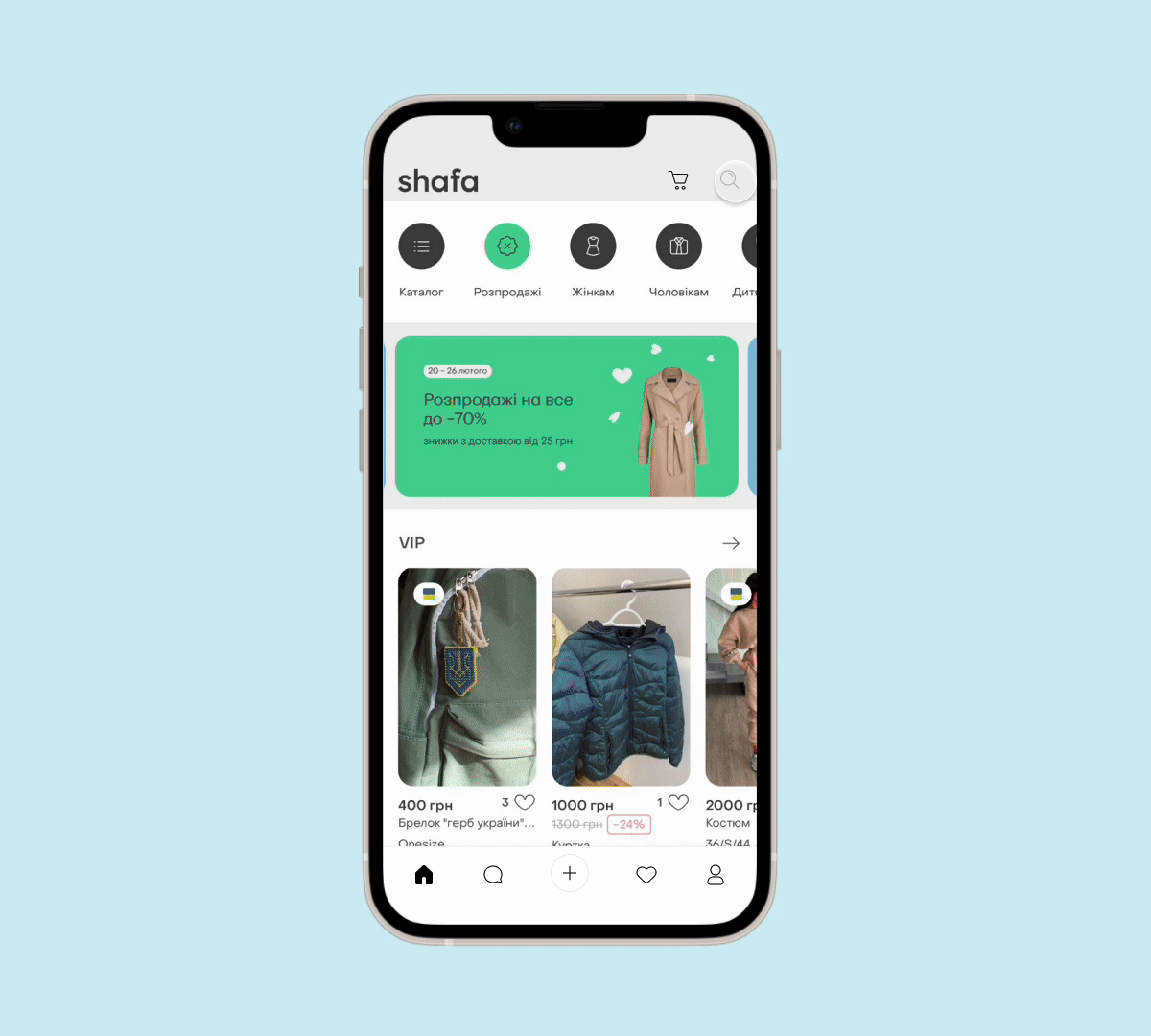Mobile App Study Case
Challenge
User behavior data revealed a significant issue: users frequently enter the app, conduct multiple searches, and then leave without making a purchase. This high search-to-abandonment rate indicated a disconnect between user search intent and the ability to find desired items efficiently. This issue undermines marketplace mission and limits its potential for growth.
Key Question: How do users currently conduct searches within the app? What considerations guide them in determining the timing of their purchases?
Solution
Based on these findings, we hypothesized that implementing autocomplete functionality would significantly improve the search experience. Autocomplete addresses these key issues by:
• Reducing Typing Effort: By suggesting relevant terms as users type, autocomplete minimizes typing and reduces the chance of typos.
• Guiding Search Queries: Autocomplete suggests relevant categories, brands, and product attributes (like size or color), helping users refine their searches and discover relevant items faster.
• Improving Search Accuracy: By suggesting standardized terms, autocomplete helps users find items even if they use slightly different wording than the product listings.
We implemented an autocomplete feature for the search input. As users begin typing, the system dynamically suggests relevant:
Categories: (e.g., "Dresses," "Shoes," "Handbags")
Brands: (e.g., "Zara," "Nike," "Adidas")
Product Attributes: (e.g., "Size S," "Red Dress," "Leather Boots")
This feature provides immediate feedback and guidance, allowing users to quickly and accurately find what they are looking for. By streamlining the search process, we aimed to reduce user frustration, increase product discovery, and ultimately drive conversions on the platform.
